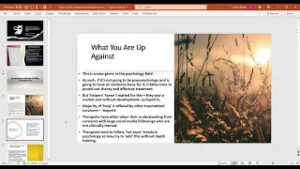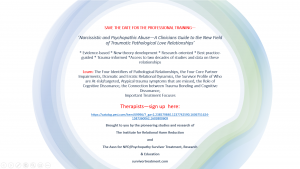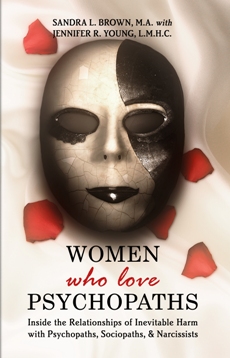Many of you have indeed had the experience of facing getting over the aftermath of a Pathological Love Relationship with very little legal justice. It doesn’t mean that you don’t pursue your own rights. You should always stand up for what you believe in. It’s just that if the universe tilts in his favor yet again, or the courts continue to not support you, you still have to heal—for your own recovery and your own future, you MUST still heal.
It is the same as today’s message—Recovering Without Validation. Sometimes NO ONE believes he was a pathological monster and did the things you said he did. He continues on in his job looking normal and is even successful while you wind up looking hysterical, unstable, and out of your mind. Mr. Pathological schmoozes with your friends, family, or bosses, convincing all those around us he never did what you said he did, doesn’t have the traits you accuse him of, and is just trying to be a good guy to a freaked-out woman.
Mr. Pathological turns friends against you. Your attorney starts to believe HIS version of the story. Cops withhold restraining orders because “he seems like such a nice guy,” and even your children may take his side.
This is the ‘conning’ side of his personality. Most pathologicals are octagons—they have eight sides!—his charming side, intellectual side, friendly side, professional side, rageful side, addiction side, mentally ill side and lying/conning side. But most people don’t see his negative sides of rage, addiction, mental illness, lying and conning. His positive sides that face outwardly to the general public are charming, intellectual, friendly, and professional. It is no wonder women have to go through the recovery process with very little validation.
Find your validation from others who have also experienced a pathological love relationship. There is a lot of research, countless books, numerous forums, and more and more organizations designed to respond to pathological love relationships. You will find that you are not alone and there are others who have gone through the same experience. Just be sure to exercise due diligence for your safety and security when using on-line resources!
**If we can support you in your recovery process, please let us know. The Institute is the largest provider of recovery-based services for survivors of pathological love relationships. Information about pathological love relationships is in our award-winning book, Women Who Love Psychopaths, and is also available in our retreats, 1:1s, or phone sessions. See the website for more information.
© www.saferelationshipsmagazine.com







